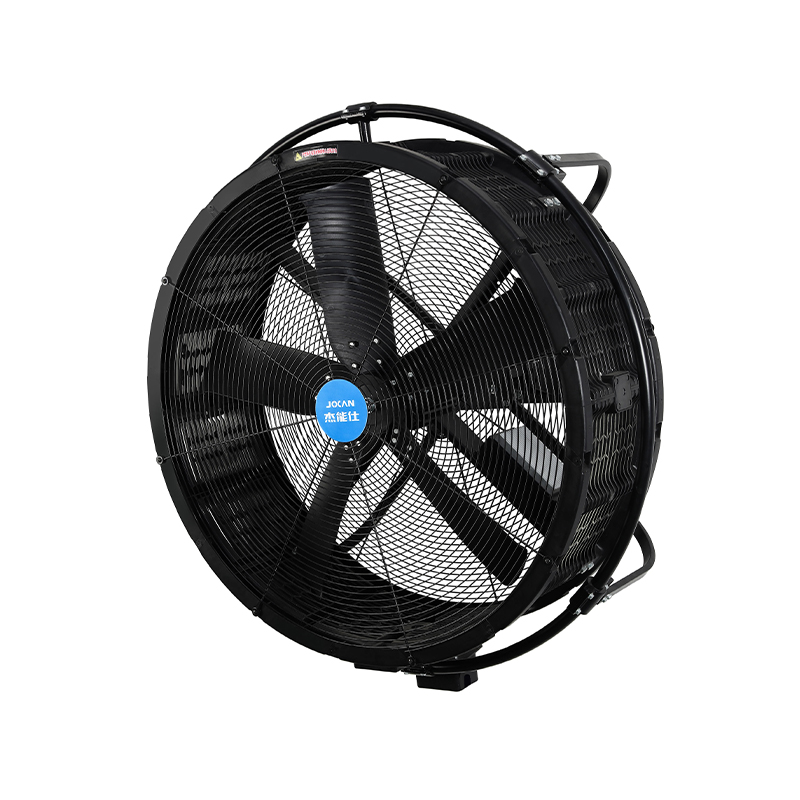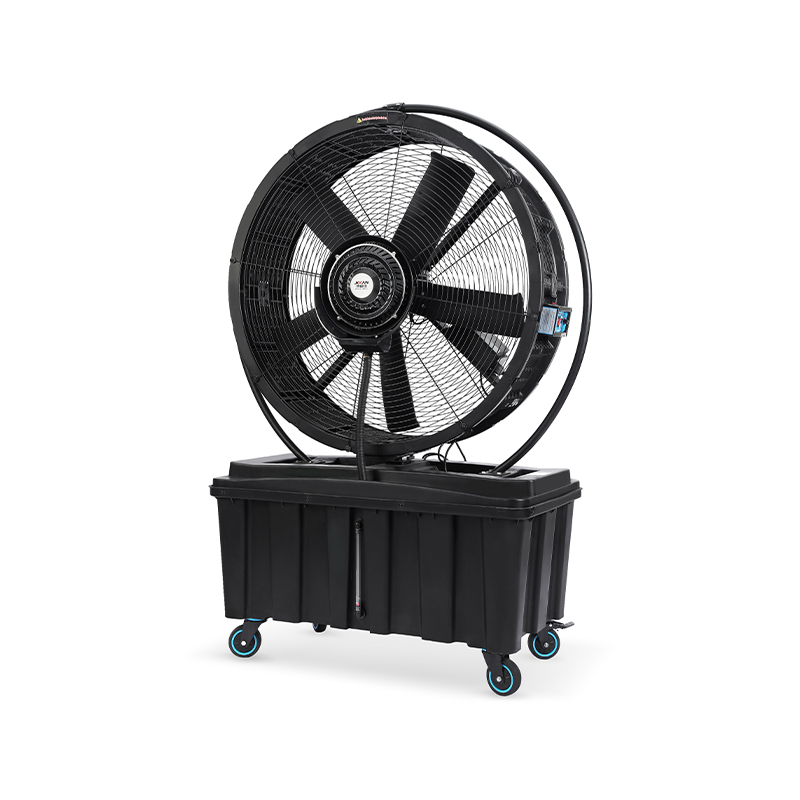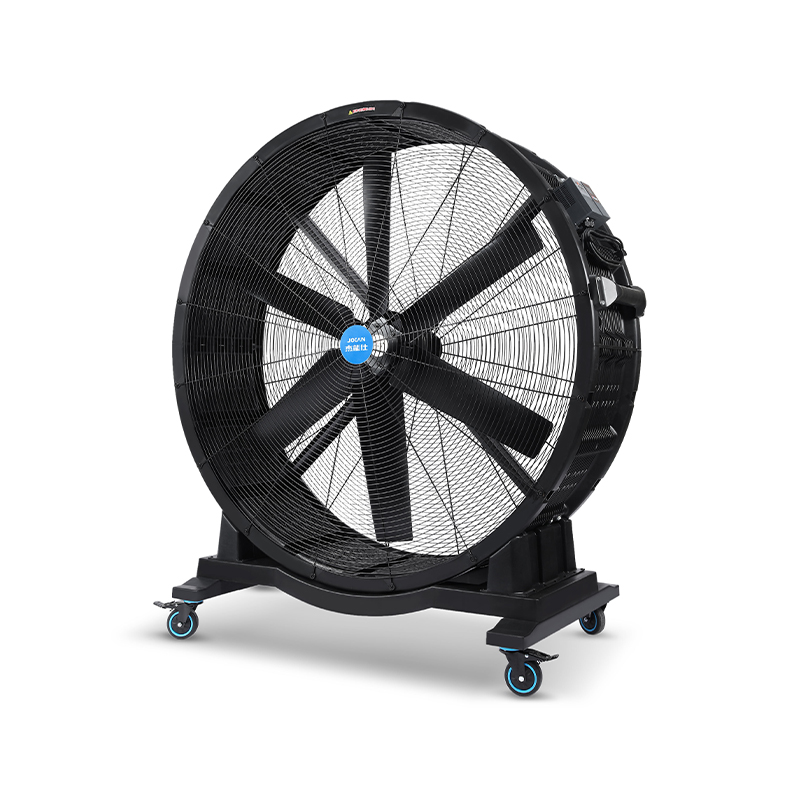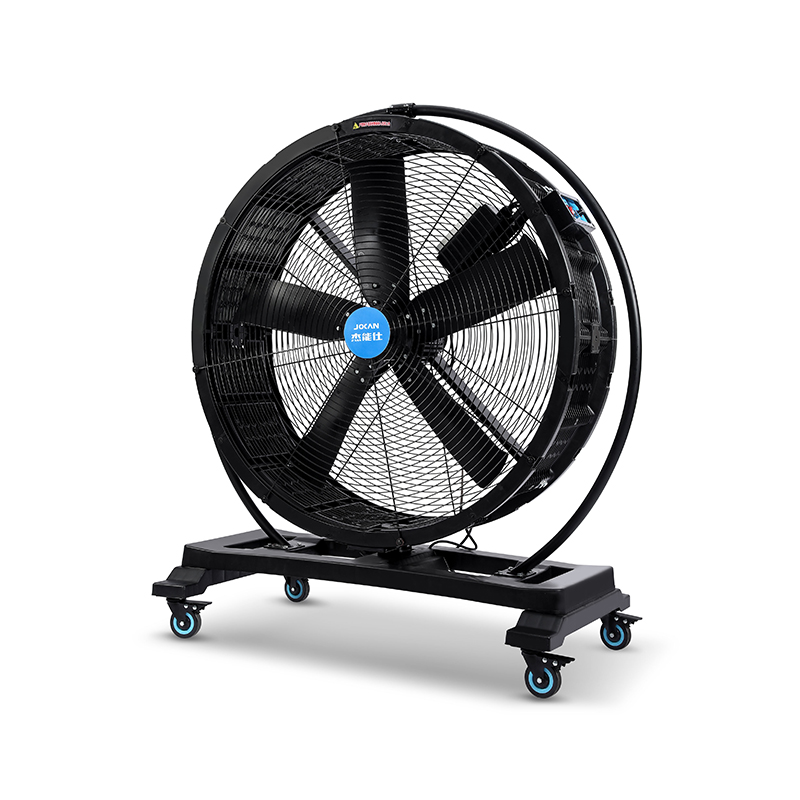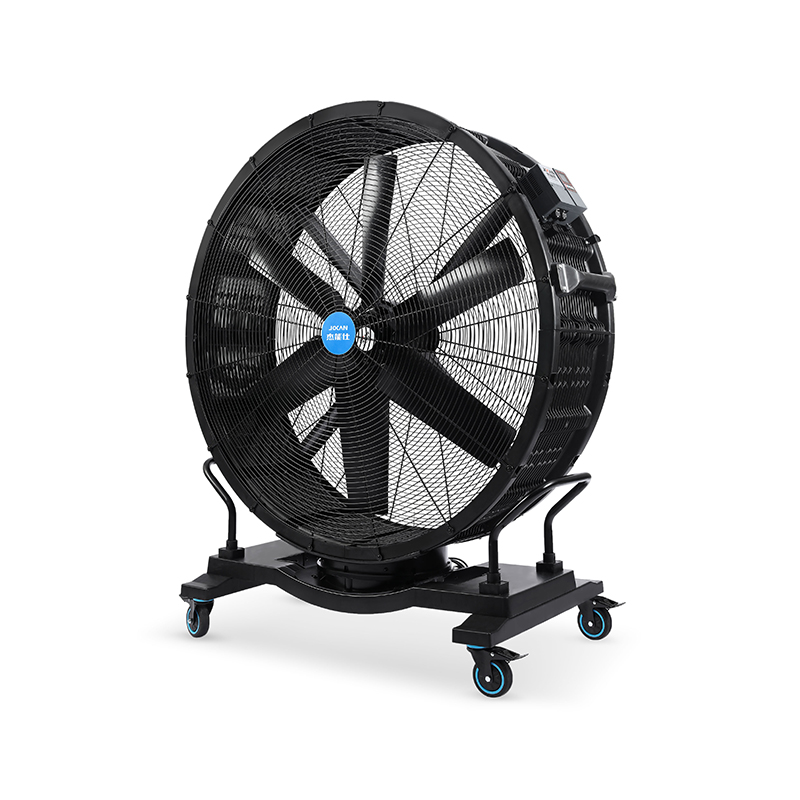Industrial fans play a crucial role in maintaining air quality, temperature control, and ventilation across various industries. As workplaces and manufacturing environments continue to evolve, the demand for efficient and reliable fans grows. Among the types of fans frequently used in industrial settings, the inline duct fan, cool air industrial fan, and big air industrial ceiling fan stand out for their specific applications and effectiveness. Recent innovations have focused on improving the performance of these fans, ensuring better airflow, energy efficiency, and durability.
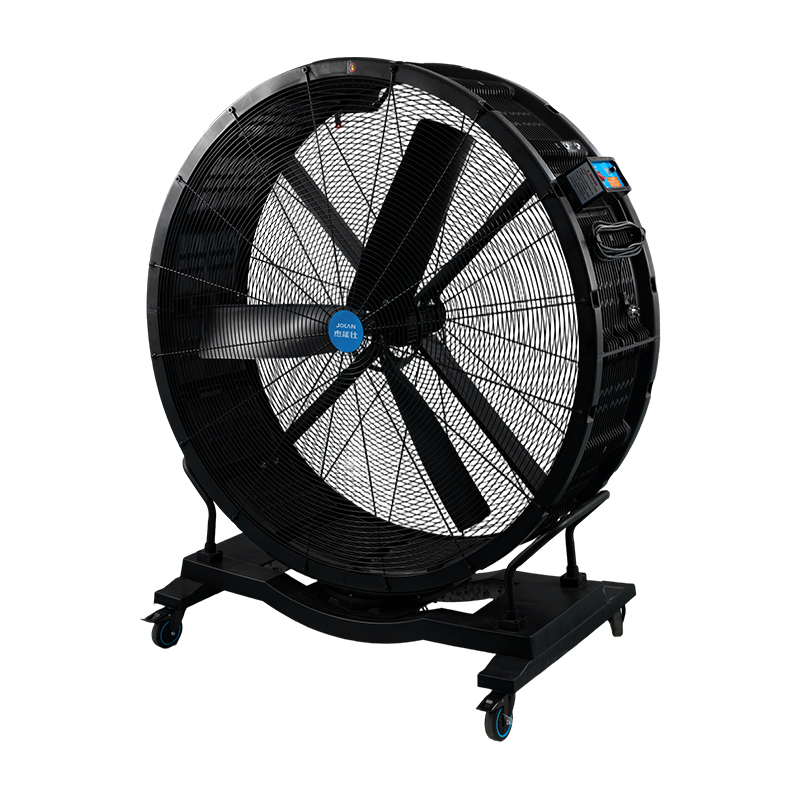
The inline duct fan is a versatile solution for ventilation needs, particularly when space constraints limit the use of traditional fans. Unlike conventional fans, the inline duct fan fits directly into ductwork, allowing air to be pushed or pulled through confined spaces with small disruption. One key innovation in recent years is the development of more compact and quieter inline duct fans. Advances in motor design and blade aerodynamics have led to fans that consume less power while delivering consistent airflow. These improvements make inline duct fans suitable for industrial spaces where noise levels must be controlled without sacrificing ventilation.
In addition to quieter operation, inline duct fans now come equipped with smart controls that allow operators to adjust airflow according to real-time environmental needs. This kind of flexibility is valuable in industries where conditions can change rapidly, such as chemical processing or food manufacturing. By integrating sensors and automated controls, inline duct fans can respond to temperature or humidity shifts, ensuring that ventilation remains balanced and efficient throughout the workday.
The cool air industrial fan is another product that has benefited from technological advancements. These fans are designed to move large volumes of air efficiently, helping to reduce ambient temperatures and improve worker comfort. One recent development is the incorporation of variable speed drives into cool air industrial fans, allowing for more precise control over airflow and power consumption. This feature reduces energy waste by matching fan speed to the actual cooling needs rather than running at a fixed speed continuously.
Moreover, improvements in fan blade materials have enhanced the durability of cool air industrial fans. New composites and coatings help resist corrosion and wear, which is especially important in harsh industrial environments. These advancements ensure that cool air industrial fans maintain their performance over extended periods, with less downtime and lower maintenance costs.
The big air industrial ceiling fan is often used in large facilities such as warehouses, manufacturing plants, and distribution centers. These fans move air over wide areas, helping to even out temperatures and improve ventilation at heights that are difficult to reach with other fan types. Innovations in the design of big air industrial ceiling fans have focused on increasing airflow while reducing energy consumption.
Recent models of big air industrial ceiling fans feature aerodynamic blades that optimize air movement with less resistance. This design approach results in smoother airflow patterns that can reach across large spaces more effectively. Additionally, advances in motor technology have made these fans more energy-efficient without compromising their ability to circulate cool air in industrial fan volumes.
Another notable innovation in big air industrial ceiling fans is the integration of advanced control systems. These systems can synchronize fan operation with HVAC equipment or lighting controls to create a more coordinated and efficient environment. For example, during cooler seasons, fans can reverse direction to distribute warm air more evenly, reducing heating costs. This smart approach to airflow management enhances the overall performance of industrial ventilation systems.
In many industrial applications, a combination of inline duct fans, cool air industrial fans, and big air industrial ceiling fans is used to achieve good ventilation and air movement. Innovations in how these fans can work together have also emerged. For instance, integrating controls that communicate between different fan types allows for a more dynamic response to environmental changes. This coordination helps maintain air quality and temperature more effectively while conserving energy.
Furthermore, advances in materials science and manufacturing processes have improved the durability and lifespan of all these fan types. Corrosion-resistant coatings, reinforced blades, and robust motor housings contribute to longer service intervals and reduced maintenance. This reliability is essential in industrial settings where fan failure can disrupt operations and create safety concerns.
Sustainability has become an important consideration in industrial fan development. New designs aim to reduce the carbon footprint by improving energy efficiency and using recyclable materials. Inline duct fans, cool air industrial fans, and big air industrial ceiling fans now incorporate features that help meet regulatory requirements and corporate environmental goals. This focus on sustainability aligns well with the ongoing trend toward greener industrial operations.
Together, these improvements reflect a broader commitment to advancing industrial fan technology, meeting evolving operational needs while balancing efficiency, reliability, and sustainability. Whether used alone or in combination, inline duct fans, cool air industrial fans, and big air industrial ceiling fans are integral components of modern industrial ventilation systems, delivering practical solutions through continuous innovation.
 Add: Plot 23, Huanglang Industrial Zone, Jinqing Town, Luqiao District, Taizhou City, Zhejiang Province
Add: Plot 23, Huanglang Industrial Zone, Jinqing Town, Luqiao District, Taizhou City, Zhejiang Province
 TEL: +86-13586083215
TEL: +86-13586083215

 English
English English
English عربى
عربى 한국어
한국어


